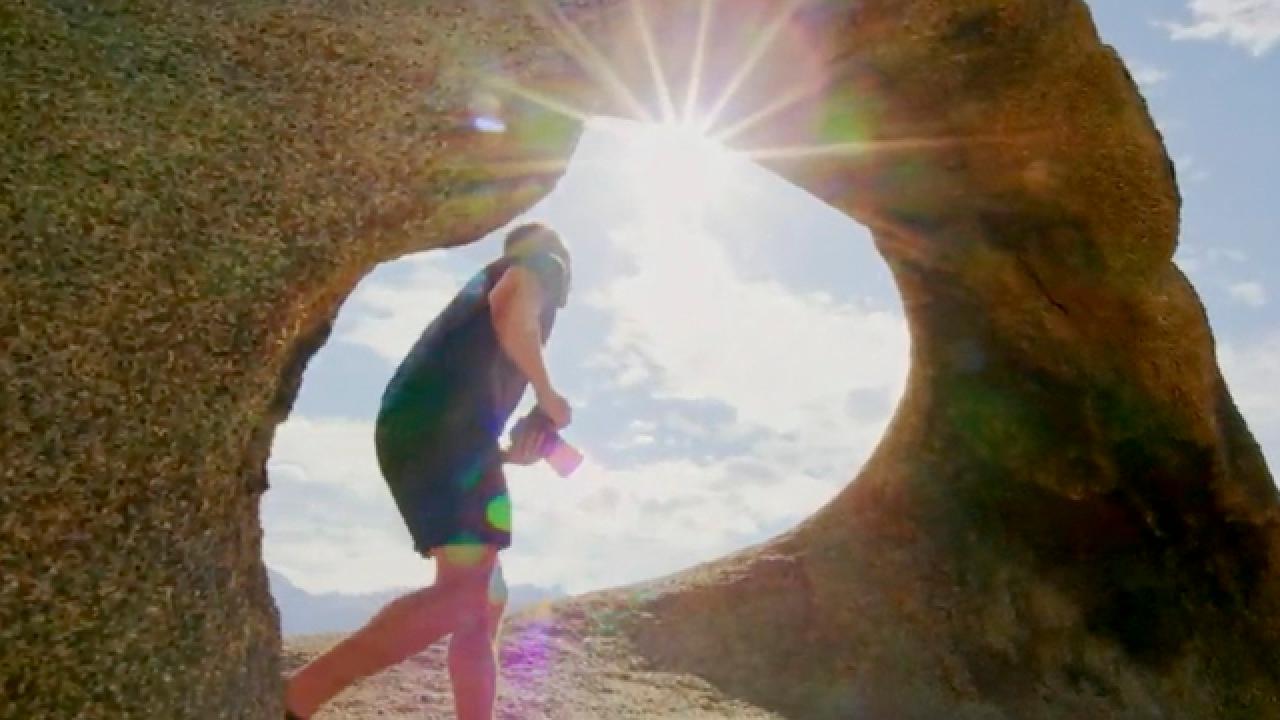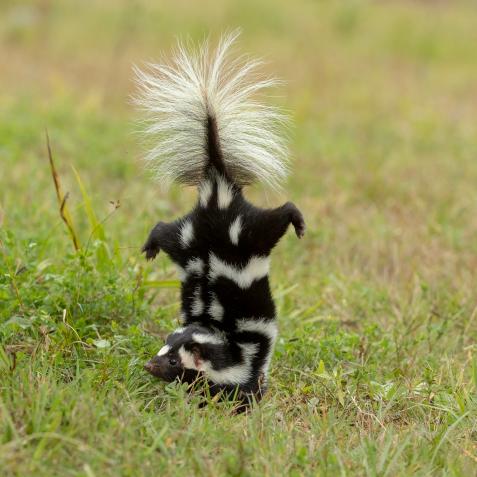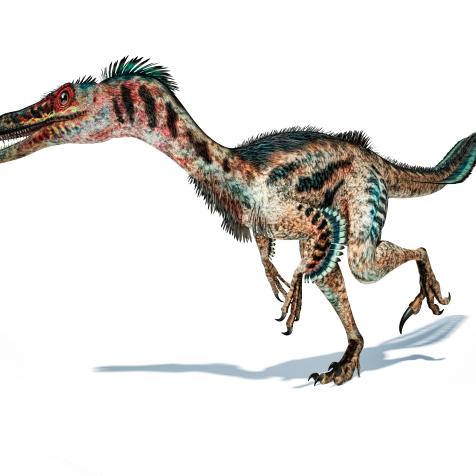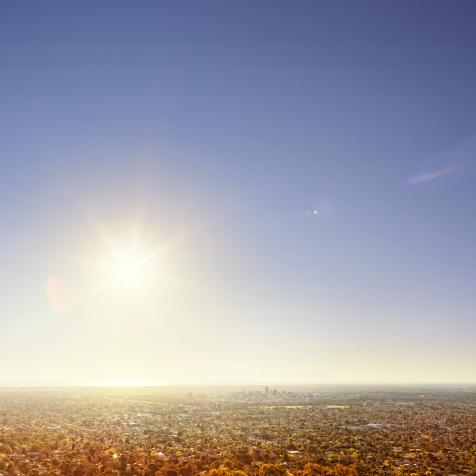
Ian Shive
Catching a Glimpse of Comet NEOWISE, a Once in a Lifetime Moment

If you find yourself in a place with clean air and an unobstructed view of the night sky, you will undoubtedly be mesmerized by its starry-depth and beauty.
From here on Earth, the wonder of it is never lost on us. As a photographer attempting to make images of the night sky, it has always come with tremendous limitations. Only in the last 15 years or so has astronomical photography taken a huge leap forward, the faint light of the stars finally appearing in our frames. At first, it required a somewhat extreme technical approach, with expensive cameras and equally as expensive tripods. Now, even your smartphone can capture some of the glint and is sure to only improve with time.

The Fleeting Comet

Ian Shive
Comet NEOWISE, however, is a horse of a different color. Unlike its predecessor, Comet Hale-Bopp, which captured photographers imaginations as it flew through the night sky in the mid '90s. It was visible with the naked eye even in the bright mid-day sun, but NEOWISE is much more faint. You wouldn’t know it looking at my photos (or the photos others post on social media), but when I first got out into the desert, I couldn’t find it! Only with my peripheral vision, which is more sensitive to faint light, could I discern what looked almost like a small white smudge in the sky. As it became darker and dusk turned into a moonless, inky blackness, the smudge remained faint, but slightly more visible.
A Fleeting Moment: Comet NEOWISE 11 Photos
There is something magical, maybe even a bit romantic, to spot a celestial object passing through our night sky, a temporary visitor in an otherwise mostly predictable map of stars. Conservationist and nature photographer Ian Shive take us on the journey to the California Desert to capture Comet NEOWISE.
It was also at a sort of odd angle, about 30 degrees above the horizon. Had the comet been straight above, it would have almost been easier to photograph with a foreground element, such as a giant sequoia or cactus. At 30 degrees, and so faint and small, the only way to photograph the comet with any sort of foreground, whether it be a rock formation, mountain, or other object. I'd also need to use a telephoto lens and find something far enough away, but tall enough, that it would appear high into the sky near the comet.
For those of you not super technical in photography, this basically meant I needed the goldilocks of compositions…something just right! Add to that the challenge of clouds obscuring the night sky, I’m working in total darkness in a cactus-filled desert and the knowledge that if I miss this chance, it’ll be another 7,000 years before the comet comes back. No pressure!
In the end, it all worked out. Are there things I would change? Always. Maybe a different spot or a different lens. However, I am pleased with the result, because back when I was just starting as photographer, when Hale-Bopp came through almost 20 years ago, I never had the opportunity to capture it. Adding Comet NEOWISE to my collection was a true victory and hopefully great practice for whenever the next celestial visitor swings through our world.




















